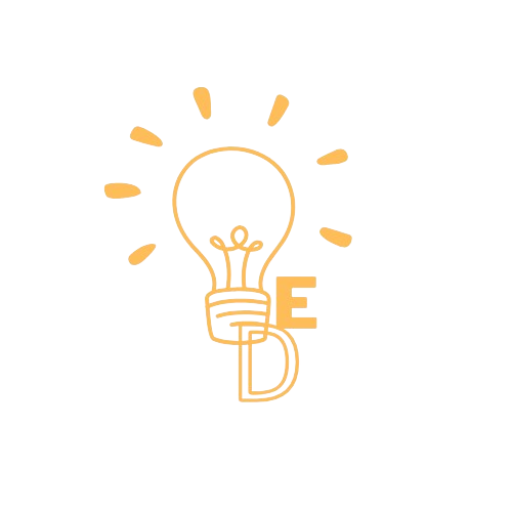What is Monetary Policy
Question – What do you understand by monetary policy? Discuss briefly the quantitative measures of credit control by Reserve bank of India.
Answer:-
Monetary policy refers to policies which relates to controlling supply of money in an economy as well as channel through which new money is created.
RBI is responsible for conducting the monetary policy As Such it has both Qualitative and Quantitative tools to conduct its monetary policy.
Quantitative Tools
Open market operations
It refers to sale and purchase of government securities by RBI in open market. In order to curb excess money supply in the economy, RBI sells securities and purchases securities at the time of low demand in the economy.
Govt securities Acquisition program
It deals with creating money supply along with maintaining the yield curve.
Liquidity Adjustment Facility
Reporate
Rate at which commercial banks borrow money from RBI. It lends money only for a short term period generally ranging between 1 to 14 days.
Reverse reporate
It is the rate at which RBI bowrows from commercial banks for short term on a completely secured basis.
Cash reserve ratio
A proportion of bank’s net demand and time liabilities to be kept with RBI in form of cash. (Generally around 4 %)
Statutory liquidity ratio
Banks are required to maintain a proportion of their Net Demand and Time Liabilities (around 20%) in form of designated safe and liquid assets such as gold, government bonds, designated foreign currency etc.
Long term repo operations
It is a framework that allows the central bank to lend money to banks for one to three years at current repo rate in exchange for collateralized government assets with a similar or long term.
Standing Deposit Facility
It is a collateral free liquidity absorption tool that tries to absorb excess money from the commercial banking sector into RBI. Its main aim is to manage inflation.
Marginal Standing Facility
When banks exhaust their normal supply of G-Sec, it can borrow with the MSF option. Under it, banks can take up to a maximum 1 percentage point of G-sec from their SLR and then use this G-sec to borrow from RBI. MSF rate is called penal rate.
Qualitative Tools
Moral Suassion
Persuasion and requests are made by RBI to commercial banks to refrain from giving loans to people for speculative or non essential purposes.
Selective Credit control
Selective credit control is tool to selectively choose the group of people to provide the credit or not. For example, bank loans to agriculture liberals with incomes below 200000 per annum.
Margin requirements
Margin is the difference between market value of securities and its maximum loan value. Increasing or decreasing margin requirements affects the money supply.
Rationing of credit
It is a method by which RBI seeks to limit the maximum amount of loans and advances and also in certain cases fix ceiling for specific categories of loans and advances. This is at times referred to as priority sector lending.
Conclusion
Quantitative tools are majorly used by the central bank due to proper quantification of effects of tool. It is used to address the problem of inflation and to infuse growth.
You may like also:



